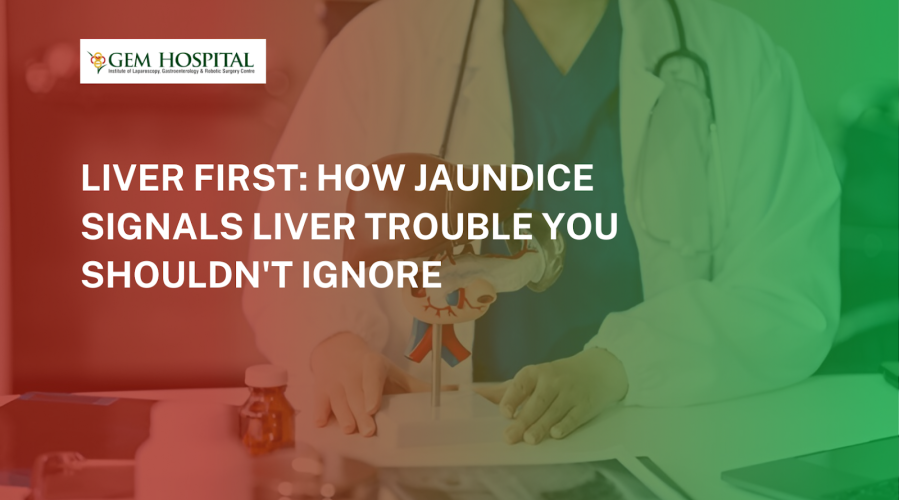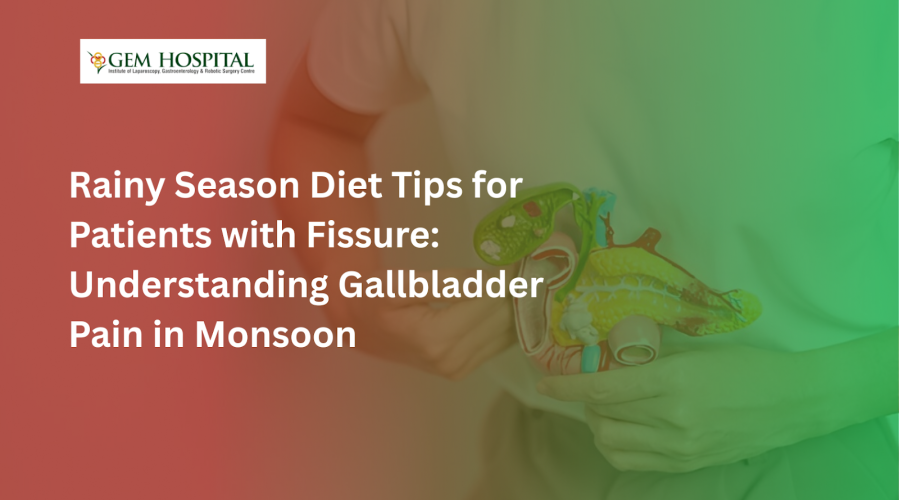Learn how to prevent jaundice during the rainy season with simple safe water practices and healthy food habits. Discover key hygiene measures, diet precautions, and monsoon safety tips to protect your liver and overall health.
Liver First: How Jaundice Signals Liver Trouble You Shouldn't Ignore

Seeing a yellowish tint in your eyes, or skin, rather when you look in the mirror is not only surprising, your immediate reaction is to ask bread what that is, but this yellowish hue, also known as jaundice, is more than a cosmetic concern; it is often a liver crying for help.
Jaundice is the most well-known indicator of liver disease, and it should not be treated lightly. Once jaundice becomes apparent, which can happen over time or suddenly, it is an indicator that immediate medical evaluation should be performed. In this article, we will discuss what jaundice actually means, why it occurs, and could be the first sign of liver damage that is potentially serious.
This will help you understand what testing may be initiated with jaundice, and before we get into that we're going to look at the brittle and its role in the body.
How is Jaundice Connected to Liver Disease?
Your liver is the body's chemical factory, it processes food, clears toxins, and produces bile so that you can absorb fat. When the liver is in good health, everything that is processed (bilirubin) is dissolved and you urinate it out. However, if the liver is up against infection, inflammation, a blockage, or is damaged enough from a disease process, your body does not eliminate enough bilirubin and then jaundice appears.
Jaundice is usually present at a time before other symptoms. This makes it an especially early warning sign of:
- Hepatitis (A, B, C, D, E)
- Alcoholic liver disease
- Non-alcoholic fatty liver disease (NAFLD)
- Liver cirrhosis
- Liver cancer
- Bile duct obstruction (from stones or tumors)
- Hemolytic disorders
Types of Jaundice: What They Indicate
- Pre-hepatic Jaundice
Resulting from excessive breakdown of red blood cells that happen before bilirubin can be processed by the liver. Conditions, such as hemolytic anemia, can cause this. - Hepatic Jaundice
By far the most common type of jaundice, as it deals directly with liver dysfunction, either through hepatitis, liver cirrhosis, alcohol abuse or liver cancer. - Post-hepatic Jaundice
Blockage in bile ducts prevents the bilirubin from being eliminated. Examples include gallstones, tumors, etc.
Key Symptoms That Accompany Jaundice
While yellowing of the skin and eyes is the most obvious sign, jaundice is often accompanied by other symptoms that suggest liver involvement:
- Fatigue and weakness
- Dark urine and pale stools
- Itchy skin
- Abdominal pain (especially upper right side)
- Loss of appetite and weight loss
- Swelling in the legs or abdomen
- Nausea and vomiting
- Confusion or drowsiness (sign of severe liver dysfunction)
These symptoms, combined with jaundice, may indicate serious liver disease that requires immediate medical attention.
Common Causes of Liver-Related Jaundice
- Hepatitis Infections
Viruses such as Hepatitis B and C directly damage liver cells causing inflammation that affects liver cell ability to process bilirubin. - Alcohol-Related Liver Disease
Chronic alcohol abuse can lead to alcoholic liver fatty liver, hepatitis and cirrhosis, the leading causes for hepatic jaundice. - Non-Alcoholic Fatty Liver Disease (NAFLD)
Non-alcoholic fatty liver disease is on the rise with obesity and poor diets, and can cause cirrhosis and failure without symptoms. - Liver Cirrhosis
In this end stage liver failure, normal liver cells are replaced by scar tissue and normal liver function is impaired, which often presents as persistent jaundice. - Obstruction of Bile Ducts
Gallstones, pancreatic tumors and bile duct cancer can obstruct the flow of bile which can result in jaundice.
When to See a Doctor
Do not ignore jaundice until it's too late. If you or a loved one sees yellowing of the skin or eyes, particularly if any other liver symptoms are present , it's important to visit a hepatologist, or liver specialist! The sooner you get a diagnosis and treatment, the better chance you have of stopping more liver injury and increasing your chances of recovery.
Diagnosis & Evaluation
To find the root cause of jaundice, doctors usually recommend:
- Blood tests (liver function tests, bilirubin levels)
- Ultrasound or CT scan (to check liver size, fat content, and bile ducts)
- MRI or MRCP (for detailed imaging)
- Liver biopsy (if advanced liver disease or cancer is suspected)
Can Jaundice Be Treated?
Yes but treatment depends on the underlying cause.
- Hepatitis can be managed with antivirals and lifestyle changes.
- Gallstones or tumors may require surgery or endoscopic procedures.
- Liver failure or advanced cirrhosis may need long-term medications, lifestyle changes, or even liver transplantation.
Listen to What Your Liver is Saying
Jaundice isn't just a skin problem, it's a distress signal from the liver. It is the liver's way of warning you that something is wrong. If you ignore jaundice, you can inflict irreversible injury to your liver when you act on it early enough to give you the chance to save your liver and lives too.
GEM Hospital is known as a liver care centre that provides extensive diagnostic capabilities, and excellent hepatologists that focus on obtaining a thorough grasp of the underlying causes of jaundice and advising on appropriate management. Whether it is hepatitis, fatty liver, cirrhosis or an obstructed bile duct our liver care team at GEM Hospital will proceed through a comprehensive process of evaluation and assessment moving to a plan of intervention.
So do not wait! Your liver deserves immediate attention. Call GEM hospital today to book your appointment and take the first step towards recovery.
Blogs & Article
Understand why rainy weather may trigger gall bladder pain. Explore the causes, symptoms, and essential precautions to manage discomfort during monsoon season. Learn how humidity, diet changes, and infections influence gallbladder health.
Discover essential rainy season diet tips for patients with fissures and understand why gallbladder pain increases during the monsoon. Learn what foods to avoid, what to include, and how to maintain digestive health in humid weather.


